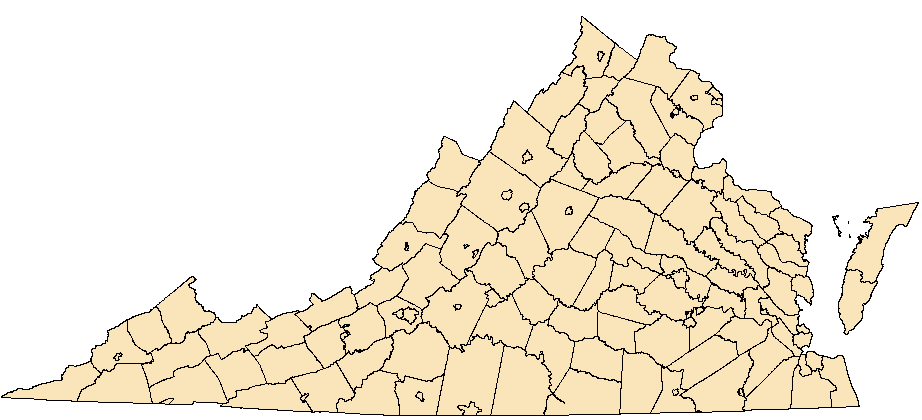Cerma cora Hubner, 1818
Owl-eyed Bird Dropping Moth
NatureServe Global Rank: G3G4
Virginia State Rank: S1S3
VA DGIF Tier: None
Federal Legal Status: None
Virginia Legal Status: None
Description: The Owl-eyed Bird Dropping Moth is medium-sized (27 to 30mm), with a unique wing pattern and coloration that should not be mistaken when compared to any other species.
Similar species: Larvae are similar to the Tufted Bird Dropping Moth (Cerma cerintha) in general shape, but are blackish dorsally, with a narrow white mid-dorsal line, and mixtures of white, yellow and orange on the sides.
North American Range: Historically this moth was found from North Dakota east to Maine and south to central Florida and Texas, however there are no records in several states within this range. In Virginia, it has been documented in Augusta and Virginia Beach counties.
VA Observations by Locality: Augusta


Flight season and broods: In Augusta County, Virginia it was documented flying from May to June. This is a single brood species.
Habitat and Food Plants: Habitat varies regionally, and many sites reflect uncommon communities such as pine barrens, bluff and ravine forests, and riparian swamps. Hawthorns may be the only potential food plant in this part of its range; however, plums, crabapples or other small trees and shrubs in the Rosaceae may be used.
Behavior and Ecology: As caterpillars, they excavate a cell in soft dead wood and spin a cocoon where the pupae overwinter. Adults will come to mercury vapor lamps and blacklights.
Population trend and potential threats: Gypsy Moth spraying with BTK could be a threat since young larvae could be present during application times. Fire is another potential threat in drier habitats, because no stage is underground.
Management practices: Frequent prescribed burns could cause scarcity of pupation sites and host plants. Thinning, roller chopping, or herbicide application to understory shrubs should be avoided.
References: Moth Photographers Group at the Mississippi Entomological Museum at Mississippi State University. Web application at: http://mothphotographersgroup.msstate.edu/large_map.php?hodges=9061 Accessed: 13Apr2013
NatureServe. 2011. NatureServe Explorer: An online encyclopedia of life [web application]. Version 7.1. NatureServe, Arlington, Virginia. Available http://www.natureserve.org/explorer. (Accessed: April 29, 2012).
Schweitzer, D. F., M. C. Minno, and D. L. Wagner. 2011. Rare, Declining and Poorly Known Butterflies and Moths (Lepidoptera) of Forests and Woodlands in the Eastern United States. USDA Forest Service, Morgantown, WV, FHTET-2011-01. 517 pp.
Virginia Department of Conservation and Recreation, Natural Heritage Program, 600 E. Main St., 24th Floor, Richmond, VA 23219
This atlas was compiled
by the VA Natural Heritage Program with funds provided by the VA Dept. of Game and Inland Fisheries through a state wildlife grant
from U.S. Fish and Wildlife Service
Questions/Comments? Check the contacts page |
Internet Privacy Policy Statement
Last Modified: Friday, 26 February 2021, 03:21:56 PM